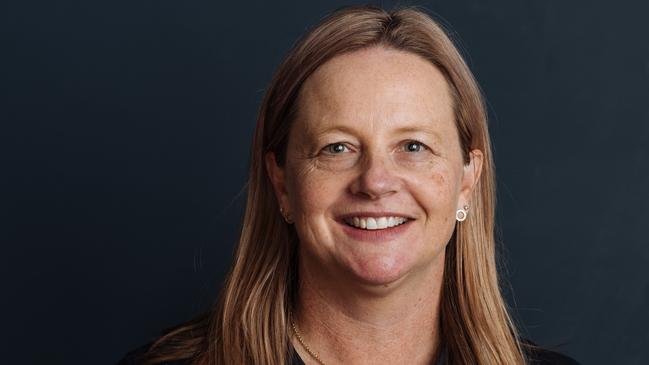Interest rate rises: unlock your mortgage’s secret shield
Homeowners facing sharp interest rate rises may not realise there are strong defences already be built into their mortgages.
SmartDaily
Don't miss out on the headlines from SmartDaily. Followed categories will be added to My News.
Millions of home loans have existing defences that Australians are being urged to unleash as rising interest rates bite into their household finances.
Four Reserve Bank rate rises since May – with another expected on September 6 – are flowing through to homeowners, and many may not realise they have a shield thanks to extra money they have paid off their mortgage and increasing home values.
Mortgage specialists say borrowers can avoid taking a direct hit – sometimes for many years – through strategies such as offset accounts, redraw facilities, refinancing and switching to interest only loans.
Research group Canstar examined offset accounts and found following the August RBA rate rise of 0.5 per cent, a typical $10,000 offset account would cover those extra repayments for five years and eight months.

If the RBA rate rose from today’s 1.85 per cent to an expected 2.6 per cent, that $10,000 would still cover repayment increases for two years and two months, it found.
Some economists expect interest rates to start falling again from late 2023.
Offset accounts sit separately from the mortgage, and money in them reduces the outstanding loan balance. Lenders also offer redraw facilities, where borrowers who have paid extra money into their loan can draw it out later.
“(Offset accounts and paying extra) both do the same thing – reduce the interest you pay overall,” Canstar spokeswoman Effie Zahos says.
Banking regulator data released earlier this year found Australian households were on average about four years ahead on mortgage repayments after pumping $50 billion extra into offset accounts in 2020 and 2021 as the pandemic stopped spending elsewhere.
Zahos says many homeowners would be in this situation. “If they experienced rate drops during the period that they have had their loan, chances are they have this buffer,” she says.
“They may not understand how much leeway they have.”
Borrowers whose equity has grown in recent years can also look to refinance with their existing lender or a new lender, to consolidate debt and make overall debt repayment easier.
However, check how the lender treats refinancing, Zahos warns. For some borrowers it may be worthwhile withdrawing money from redraw or offset before refinancing, then popping it back in later.
Separate research released this week by Aussie Home Loans found that three quarters of borrowers are not certain what impact RBA rate rises will have on them, and 28 per cent did not consider any rate rises when budgeting for a home loan.
It also found more than half of those with fixed rate mortgages did not know what their rate would revert to when the fix term ended, while one in five do not know when their fixed rate expires.

Aussie Home Loans mortgage broking manager Karen Sorrenti says understanding loan options is a key factor in addressing the mental strain caused by cost of living pressures.
“A staggering number of mortgage holders, one in seven since the first cash rate rise in May this year, have not taken any action to investigate their alternative options,” Sorrenti says.
“Saving on your home loan could be as simple as having a chat with your lender and being direct about lowering your interest rate,” she says.
Borrowers can seek help to find a better loan deal elsewhere, and should keep an eye on interest rate news, Sorrenti says.
“Stay on top of this so you are aware if your interest rate is creeping higher than you what you can afford,” she says.
Canstar says borrowers can maximise offset accounts by depositing salary into them, switching money from savings to offset accounts, and using credit cards’ interest-free periods wisely.
Borrowers without a buffer may be forced to ask their lender for hardship help, or temporarily revert to an interest-only mortgage.
THE POWER OF OFFSET
Following August’s RBA rate rise, here’s how long the extra repayments can be covered by an offset account balance:
$10,000: 5 years, 8 months
$20,000: 11 years, 4 months
$40,000: 22 years, 8 months
If RBA rates rise a further 0.75 percentage points as forecast, the offset balance could cover:
$10,000: 2 years, 2 months
$20,000: 4 years, 5 months
$40,000: 8 years, 10 months
Source: Canstar (based on 30-year, $500,000 mortgages)
Originally published as Interest rate rises: unlock your mortgage’s secret shield





